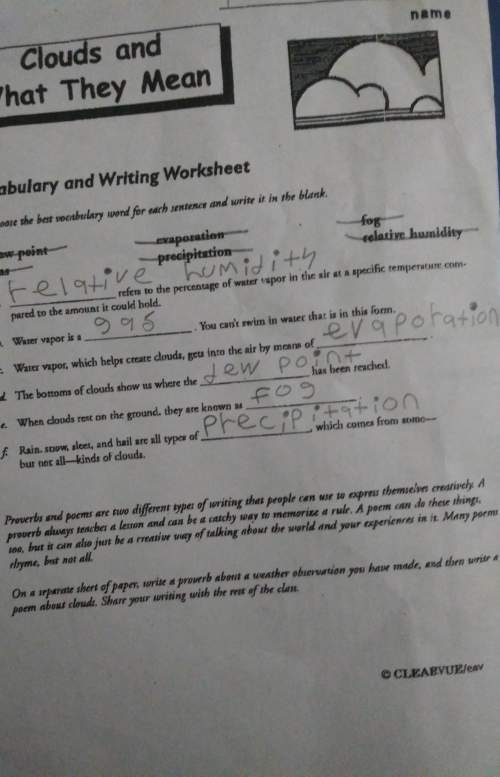
Physics, 06.03.2020 21:34 genyjoannerubiera
Combine the following three velocity vectors to find the resultant vector. Vector A=3.5 m/s at 220° Vector B=1.7 m/s at 85° Vector C=13.7 m/s at 150° Note that the reference for the angle is the right horizontal.

Answers: 1


Other questions on the subject: Physics

Physics, 21.06.2019 15:30, Ezekielcassese
Taylor's experiment: 1. accurately measured the speed of light 2. locked together the phases of two light sources so that the interference pattern would not shift 3. showed that man's reaction time was much slower than the speed of light 4. showed that individual photons have wave characteristics
Answers: 2


Physics, 22.06.2019 10:30, markfaerman5408
Carbon is allowed to diffuse through a steel plate 15 mm thick. the concentrations of carbon at the two faces are 0.65 and 0.30 kg c/m^3 fe, which are maintained constant. if the preexponential and activation energy are 6.2 x 10-7 m2 /s and 80,000 j/mol, respectively, compute the temperature at which the diffusion flux is 1.43 x 10^-9 kg/m^2 -s.
Answers: 3

Physics, 22.06.2019 14:20, mercymain1014
How many atoms of nitrogen are in the chemical formula ni(w on
Answers: 1
You know the right answer?
Combine the following three velocity vectors to find the resultant vector. Vector A=3.5 m/s at 220°...
Questions in other subjects:



English, 29.01.2021 20:10

Mathematics, 29.01.2021 20:10

Engineering, 29.01.2021 20:10



Chemistry, 29.01.2021 20:10

Computers and Technology, 29.01.2021 20:10




